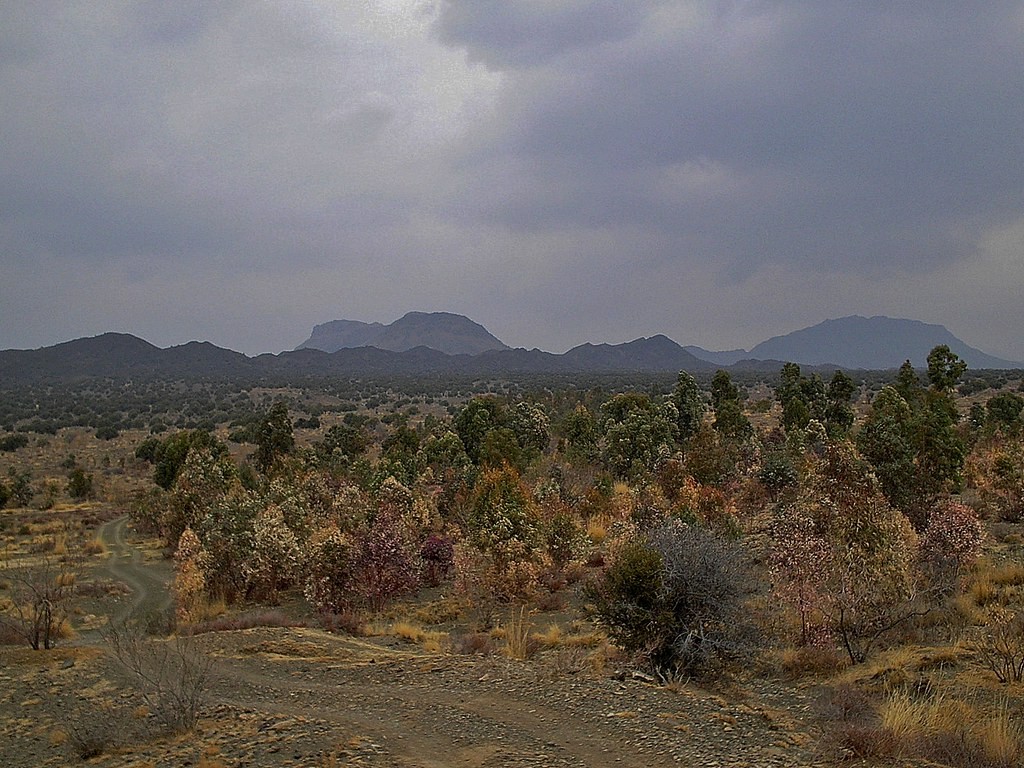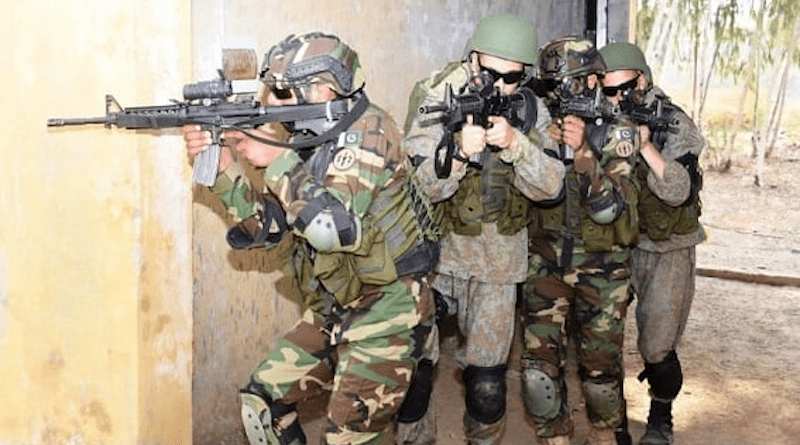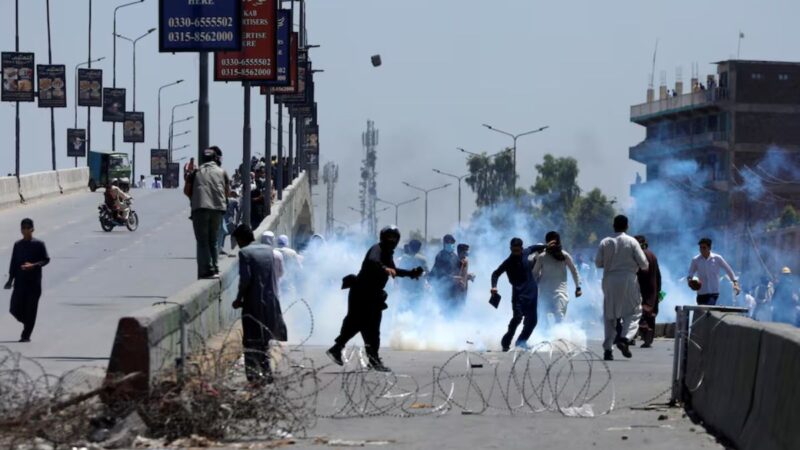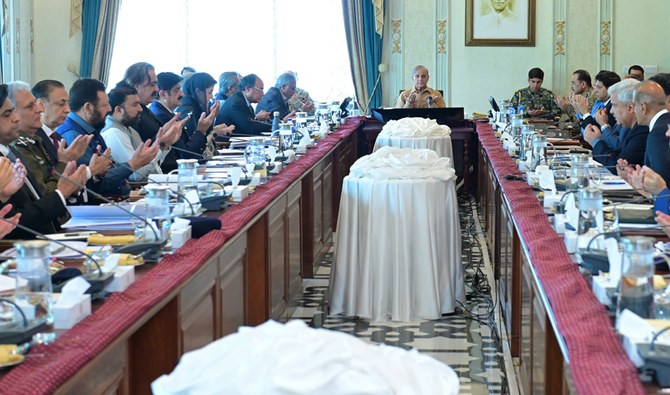Balochistan’s natural gift not so pleasing

Balochistan covers almost half of the countries area in terms of geography which has the most abundance on natural endowments which has now becoming a punishment for locals
If you are bold enough to traverse the bumpy tracks of an impoverished country to reach its ‘interior’ spaces in any other part of the world, you have to be even bolder than that to muddle through the odds to venture into the heart of Balochistan. The poverty, deprivation, privation – and as many adjectives of adversity as a lexicon can hold – seen there would not be able to accurately capture the plight of the people of Balochistan.
This becomes by no means an exaggeration when you bump into a barefooted child in Pishin just 57 kilometers away from Quetta or within Quetta district pleading for a loaf of bread. If you move further from Pishin to Qilla Saifullah, you will be lost in a medieval world very much like a beleaguered kingdom of a vanquished prince. By the time you reach even deeper into Balochistan like Dera Bugti, Jhal Magsi and Awaran you will feel frozen in a bygone era.
It will take hardly 14 hours of drive even from the modern and scenic federal capital of Islamabad to reach the environs of the heart of Balochistan. For a tourist, this journey of the evolution of human society just in 14 hours may look like an incredible voyage of adventurism into the past but it is not so fascinating for the local people of Balochistan. The people and geography of Balochistan cannot be reduced to mere artifacts of a writer’s imagination or a dreamland of some simulated altruism of a far-removed reformer.
The first thing to do is to recognize that the people of Balochistan are not the objects of the policy perceptions of a distant well-wisher. Their human agency matters, and they are the best judge of what works for the development of their land. A sensitive mind may react to all this by bashing our lack of empathy, lack of compassion and our condescending attitude towards the peripheral parts of our hypocritical society. This reaction makes sense but that is not all we must be content with if we are committed to working with people and helping our peripheries transform into livable places.
A lot has been written on the plight in Balochistan. Unfortunately, policymakers in the federal capital, and far removed well-wishers of Balochistan suffer from the colonizing white man burden syndrome. All they can do at their best is to dictate the terms of development which at times end up feeding the bulging bellies of the rich at the cost of the common people. Balochistan needs a local development paradigm in which people feel included in the process of development.
Balochistan with its rich natural endowments and vast geographical location can help long-term development in Pakistan. Its vast swathe of rangeland provides a sustainable means of livelihood in that Pakistan can overcome the looming national food insecurity by extending business development services of food supply chains. This can entail supporting the local rural population in raising goats, sheep, buffaloes, cattle, camels and other livestock, and building basic infrastructure to link them to dairy production centers and food markets. Balochistan’s southern part occupies about two thirds of the national coastline and can help build reliable supply chains to national and international food franchises right from the large pool of fishery resources. The province can become the hub of national economic growth through trade with Iran, Afghanistan, Central Asia and the Persian Gulf countries.
For the last many decades, Balochistan has remained the source of an uninterrupted supply of cheap natural gas to Pakistan’s economic centers. The province has many untapped natural resources which cannot be utilized for inclusive economic growth without ensuring the peace and political stability. This requires a larger framework of development, ranging from district development strategies to provincial development plans for expediting the pace of prosperity across Balochistan with huge dividends for the political and economic stability of Pakistan. This calls for a paradigm shift from geostrategic thinking to geo-economic thinking for which it is essential to strengthen democratic institutions and improve governance.
There is also a growing realization in the power corridors to redefine the national development trajectory with a geo-economic lens to overcome the political vulnerabilities of Pakistan. The geo-economic strategy works well when governments make conscious efforts to bring political stability to create an enabling environment for economic growth. Political stability can be attained through locally informed strategies of development which are inclusive and intrinsically linked to the aspirations of the people. No matter how effective the provincial development strategies might look in theory, it is local planning which works well in the final analysis. It is, therefore, important to devise locally grounded, context specific and integrated district development plans for Balochistan.
With this context in mind, the government of Balochistan should embark upon developing district development strategies through consistent engagement with local stakeholders, in particular with the local communities. The provincial ministry of planning and development can engage poverty alleviation agencies to support the government in broad-based, integrated and sustainable development. District development strategies will pave the way for an overdue process of engagement of all stakeholders to crowd in their resources and strategic investments to help build a better Balochistan.
There needs to be a comprehensive provincial development strategy for Balochistan which outlines the key areas of investment for inclusive growth and provides the roadmap for integrated development in the province. The provincial development strategy should highlight the fundamentals of impact-oriented community driven development and local action for poverty alleviation. District Development Plans, therefore, will be the key instruments to translate provincial strategy into local action. Nonetheless, local action needs to be buttressed through a process of continued engagement in which federal and provincial governments work closely and extend support in local action for social change.






